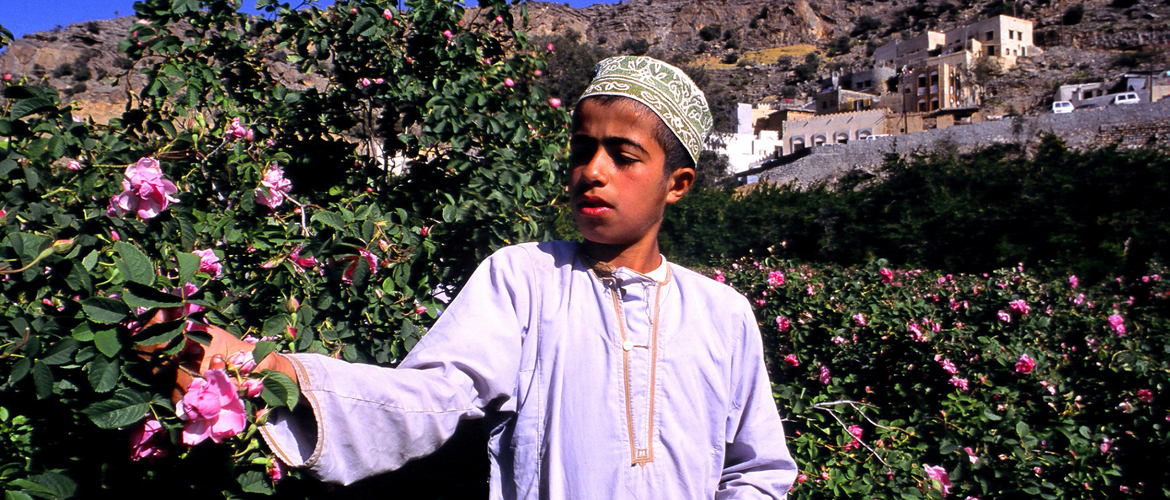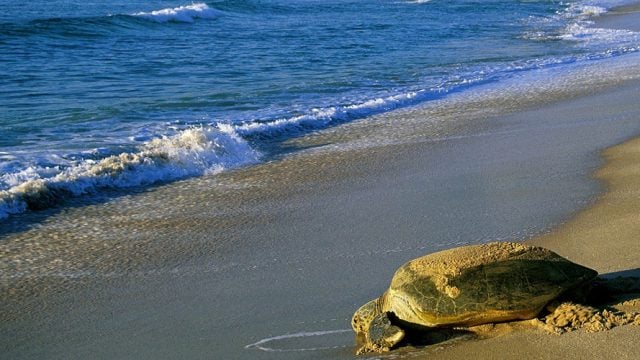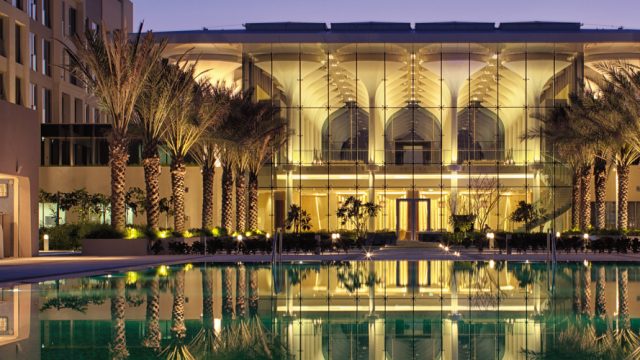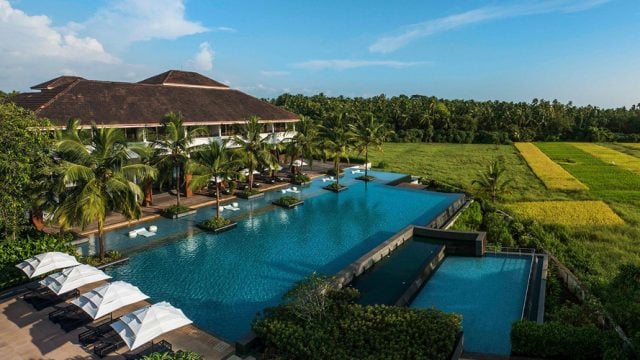Few places exude a blend of modernity and traditional charm like Oman does. It is a tapestry
Sultan Qaboos Grand Mosque

Opened in 2001, this is the main mosque of the Sultanate of Oman, and the only one in the country open to non-Muslims. It houses the world’s second largest hand woven carpet and one of the largest chandeliers in the world, both of which are a visual delight. The mosque’s architecture incorporates Egyptian elements, a nod to the African influence on Oman’s Bedouin culture. Visitors are asked to dress modestly, and women are expected to cover their heads.
The mosque is open to the public from Saturday to Thursday, between 8am and 11am.
Mutrah Souq

Mutrah’s seafront, lined with old merchants’ houses and dotted with minarets along the way, is one of Oman’s oldest commercial hubs. Most people go here just to visit the Souq, which is a traditional Arab market, chaotic and colourful, but now housed under more modern roofs. Artefacts and antiquities can be spotted among more traditional wares of textiles, perfumes and jewellery. Navigating the Souq can be tricky, but they say getting lost inside is part of the experience.
Nizwa Fort

It is a stunning reflection of the ingenuity and architectural prowess of ancient Omanis. The 17th century structure is famed for its 40m-tall round tower, and the view from the top reveals the scale of the surrounding date plantations and a stunning sight of the Hajar mountains dominating the town’s landscape. Also worth visiting is the castle inside the fort, connected through intricate, winding corridors.
Jabal Akhdar

At about 10,000 feet above sea level, Jabal Akhdar is one of the highest points of the Omani Sultanate, and a favourite of adventurers and thrill-seekers. In the spring, the rugged terrain oozes sweet perfume and turns a spectacular shade of dusty pink Damask roses that envelope the mountain range, and attracts visitors who walk around, explore the blooming rose terraces along the range, or observe local factory workers manufacturing rose water. Those seeking adventure can trek the mountains and relax with special rose petal baths available at nearby resorts.
Cruises

Oman’s rich maritime history, renowned for dhow building and trading across the seas, established a special bond between Omanis and the sea. The country is surrounded by the sea and cruises are an inseparable piece of the history of the azure waters around it. Marina Bandar Al Rawda in Muscat Governorate, Musandam and the city of Sur in Ash-Sharqiyah are all famous for their marine trips. The many beaches and natural harbours provide endless opportunities for other water sports like sailing, kayaking and jet-skiing.
Getting there: Jet Airways operates daily flights to Muscat from Delhi and Mumbai. Oman Air also services the Delhi-Muscat route. Carriers like SpiceJet and Indigo have also started providing flights to Muscat from cities like Ahmedabad, Chennai, Thiruvananthapuram. Major international carriers like Etihad and Emirates operate flights to many cities in Oman, via Abu Dhabi and Dubai
International
culture
things to do in Oman





